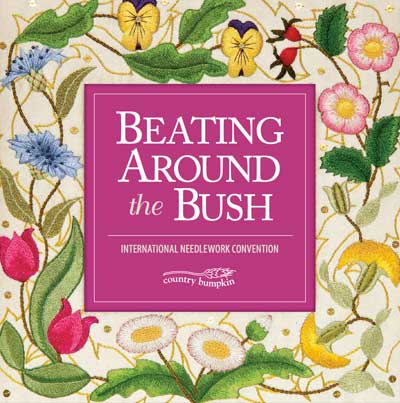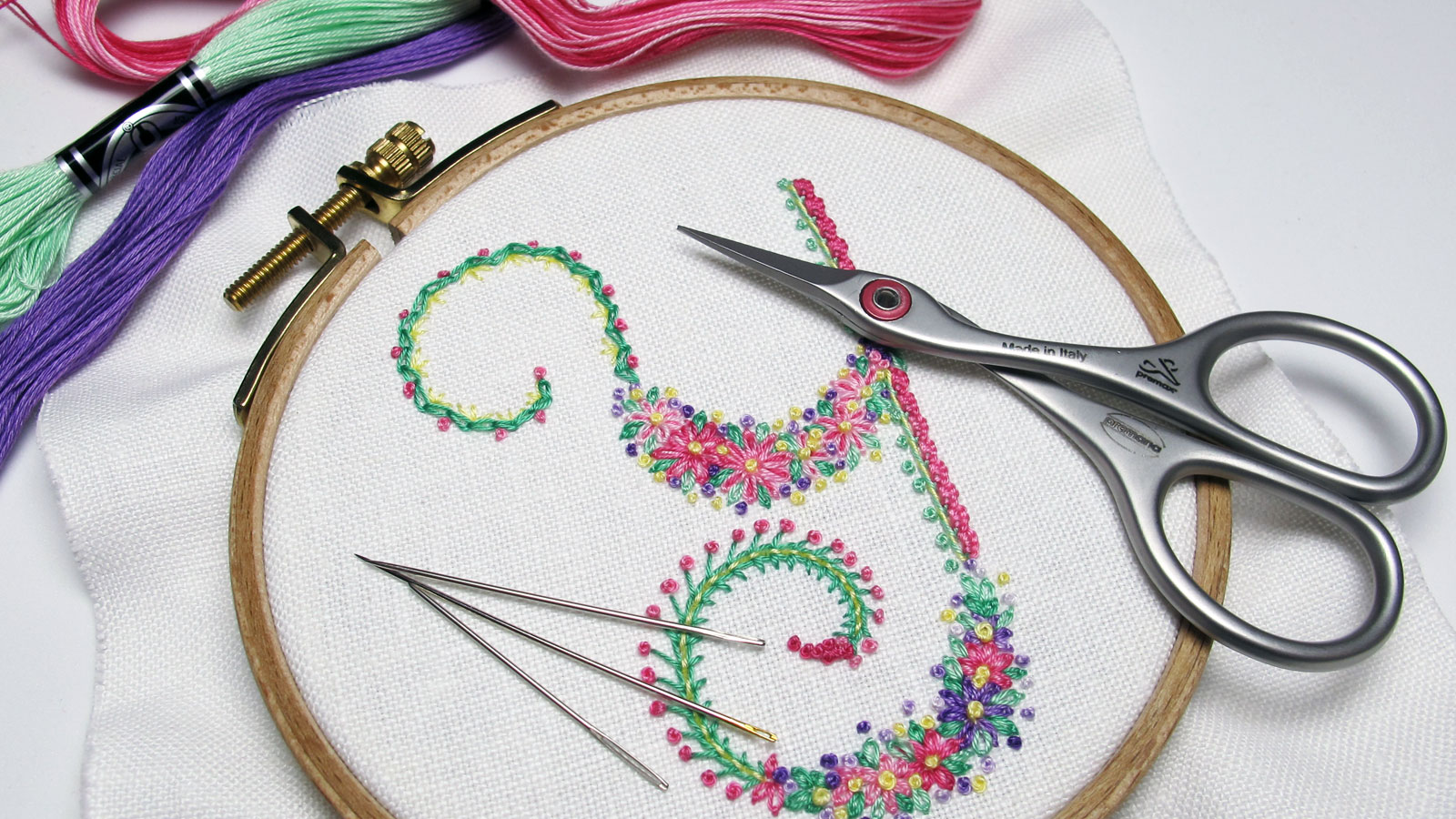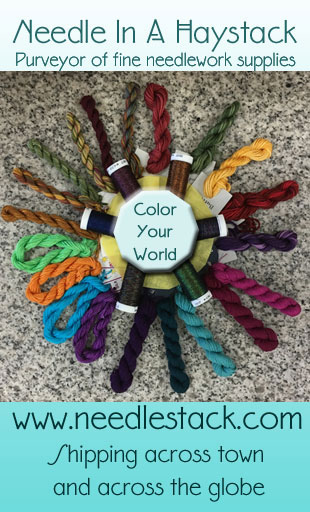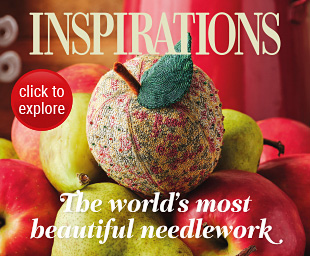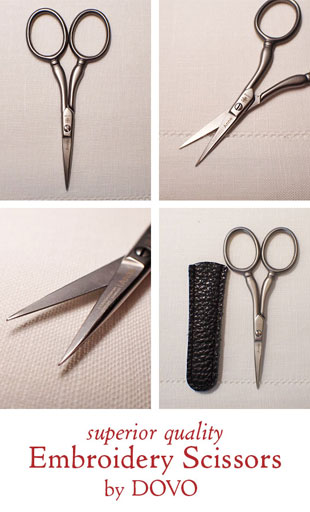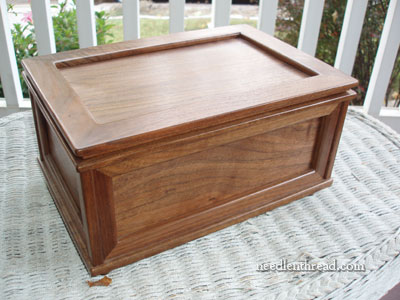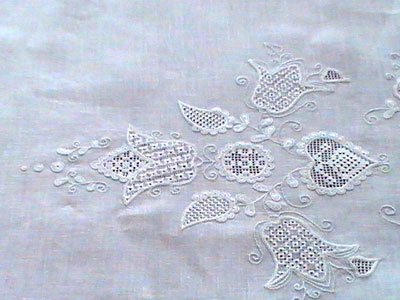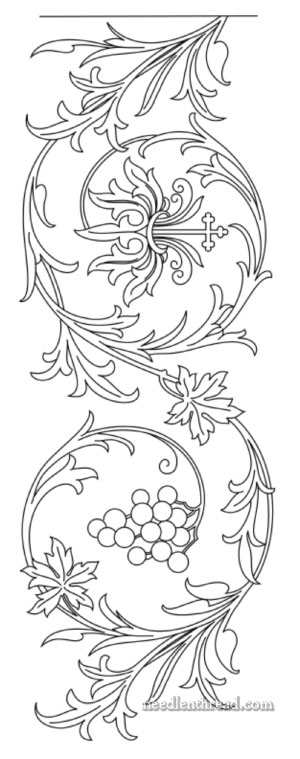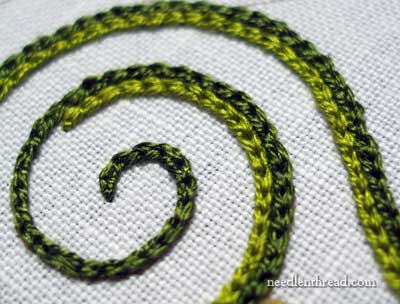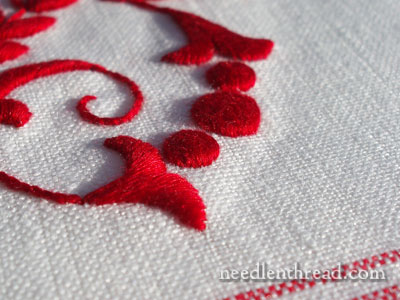October 7, 2011
Are You Going?
Last year, I made the over-hasty announcement that I would be attending Beating Around the Bush, 2012, down in Australia. Alas, for me, it was over-hasty, because I’m not going after all. At the time, I wasn’t aware of the various project deadlines that Country Bumpkin had to meet for marketing the event, and, having three teaching jobs in three different schools, I couldn’t meet the project deadlines by last January. So I had to renege. Life is like that.
Wouldn’t it be great to say, “Let’s meet in Adelaide and have a cuppa?” It would be so fun to meet you face to face and enjoy a real chat! And I think needlework events like Beating Around the Bush are a great way to connect with fellow stitchers and to enjoy that “community spirit” with a bunch of kindred spirits!
